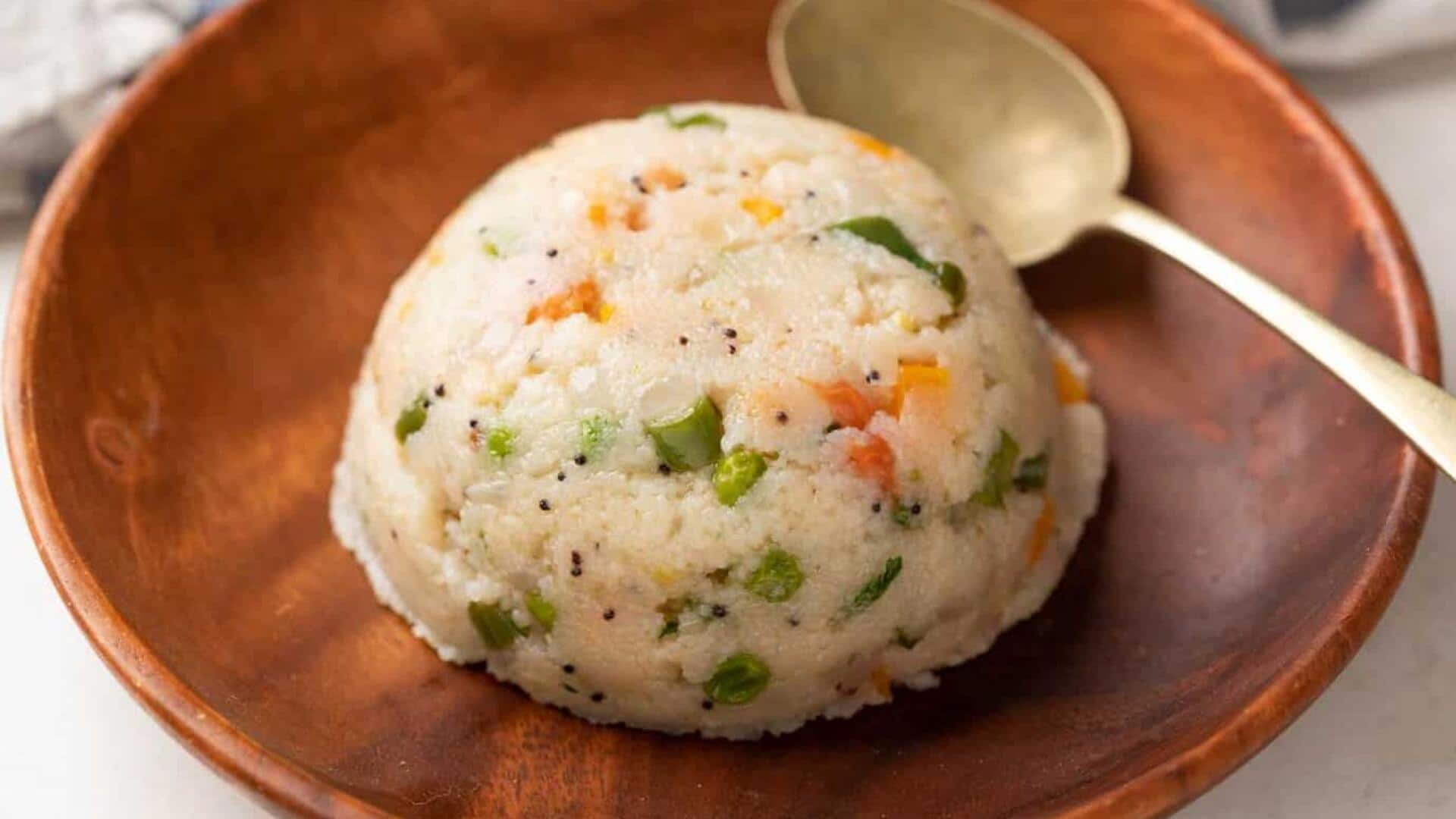
The spirited tale of uppittu's Southern charm
What's the story
Uppittu (or as many parts of India calls it upma) is a beloved breakfast dish originating from the southern regions of India. This savory semolina delicacy has journeyed through time, establishing its presence as a comfort food in Indian households. Its versatility, combined with the ability to infuse various ingredients, makes it a wholesome choice for kickstarting the day.
Origins
A journey through time
Uppittu has a long history dating back to ancient India. It was originally made with coarse rice flour before semolina became the standard. Historical texts indicate that early versions of this dish were enjoyed as far back as 1000 BCE. And, as with any ancient recipe, regional variations developed over time, reflecting the unique tastes and available ingredients of different areas.
Transformation
The evolution of ingredients
Initially, uppittu was a basic blend of ground rice or wheat, salt, and water. As trade routes grew and new ingredients emerged, cooks got creative. The arrival of semolina in the medieval era was a game-changer. Modern takes frequently feature mustard seeds, chilies, ginger, and veggies like peas and carrots.
Diversity
Regional variations across India
While uppittu originated in the kitchens of southern India, it has found its way into the hearts (and stomachs!) of people all over the country. Every region puts its own spin on it; in Maharashtra it's called upma and they add peanuts for some crunch, and in Karnataka, they mix in some coconut to add sweetness and texture.
International appeal
A global dish with local flavors
If there is one thing globalization did right, it's the worldwide validation of uppittu/upma. Communities of Indian diaspora have carried this warm hug of a dish to all corners of the globe, and they've gotten creative too! Swapping out the semolina for local grains like quinoa or oats, they've made upma even more of a world traveler, ready to comfort taste buds wherever it goes.
Mastery
Tips for the perfect uppittu
Getting the right consistency for uppittu is an art. It takes patience and a little bit of practice. By roasting the semolina prior to cooking, you eliminate the risk of lumps, guaranteeing a light and fluffy texture with every batch. Incorporating veggies boosts the nutritional profile, transforming it from a tasty dish to a complete and wholesome meal.